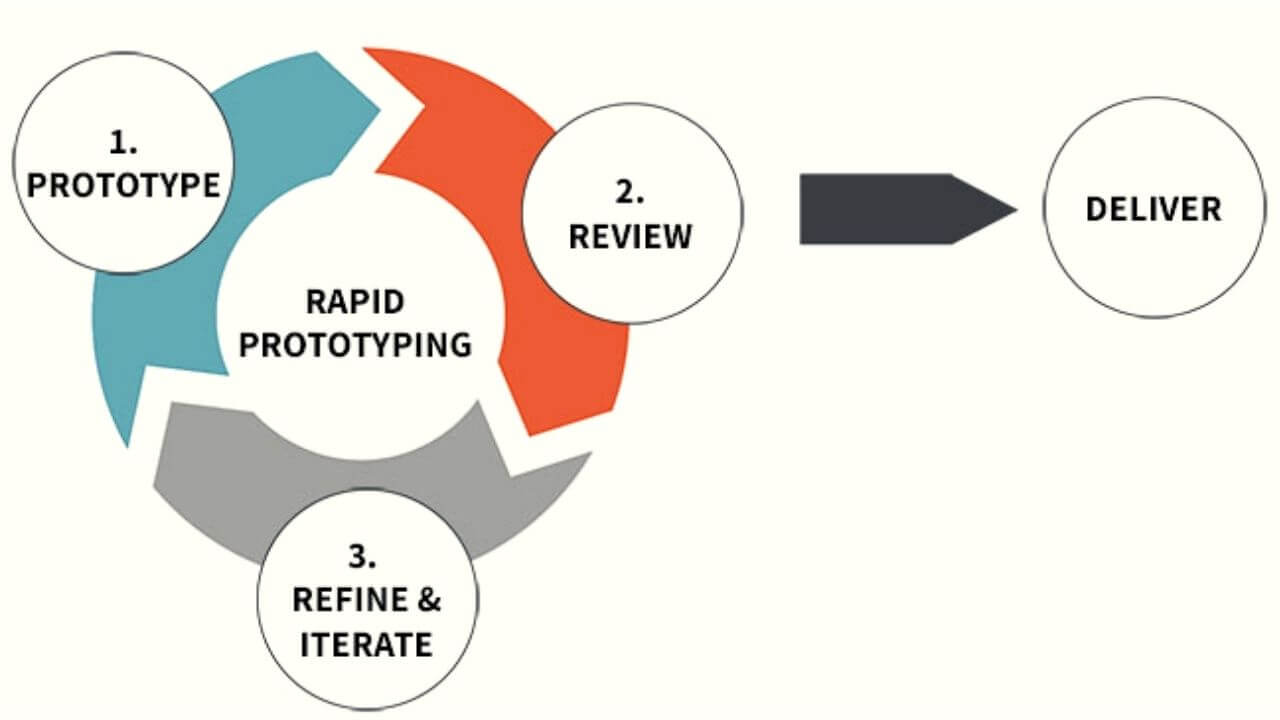
In today’s competitive market landscape, the capacity for swift innovation has become a fundamental requirement for businesses aiming to maintain a leading edge. Rapid prototyping, a transformative methodology exemplified by industry leaders such as Pepin Manufacturing, is reshaping product development by enabling organizations to convert ideas into functional prototypes within mere days. This article delves into the potential of rapid prototyping to revolutionize business operations and enhance the product development lifecycle.
Contents
Defining Rapid Prototyping
Rapid prototyping is an agile process that involves the expedient production of physical components or assemblies directly derived from 3D computer-aided design (CAD) data. This avant-garde approach prioritizes the quick iteration and refinement of designs, affording businesses the opportunity to experiment with concepts and validate ideas effectively prior to committing to full-scale production. By facilitating early identification of design flaws and impractical assumptions, rapid prototyping significantly curtails both development time and associated costs.
Pepin Manufacturing bolsters this process with state-of-the-art facilities, which include a highly skilled on-site engineering team dedicated to providing expert guidance throughout the prototyping phase. Equipped with cutting-edge technology, their full-service machine shop enables the machining of intricate parts with remarkable precision. This seamless integration of design and manufacturing not only optimizes the prototyping process but also ensures exemplary quality, empowering clients to proceed with assurance in their final products.
Accelerating the Product Development Cycle
One of the primary advantages of rapid prototyping lies in the expedited timeline it offers for product development. Conventional methods often require weeks or even months to produce prototypes, leading to costly delays and the potential for missed market opportunities. At Pepin Manufacturing, advanced technologies such as CO2 laser die cutters and clicker presses enable businesses to receive functional prototypes within days. This rapid turnaround fosters quicker feedback and revisions, ultimately resulting in a more polished final product.
Cost Efficiency and Resource Optimization
The adoption of rapid prototyping can yield significant cost savings for organizations. By generating prototypes within shorter timeframes, companies can substantially diminish labor and material costs related to traditional prototyping approaches. Moreover, the early identification of design flaws mitigates the risk of substantial investments in the production of defective products. Pepin Manufacturing’s dedication to precision engineering and craftsmanship guarantees that prototypes adhere to exact design specifications, further optimizing resources and enhancing the overall process.
Promoting Collaboration and Innovation
Rapid prototyping cultivates a culture characterized by collaboration and creative exploration. The ability to swiftly create physical models allows teams to engage in more effective brainstorming sessions, testing diverse ideas in real-time. At Pepin Manufacturing, businesses are encouraged to collaborate closely with engineering teams to refine their concepts and explore innovative solutions that may otherwise remain unexplored.
In an ever-evolving competitive environment, businesses must be adaptable and responsive to shifts in market demands. Rapid prototyping equips organizations to pivot swiftly, allowing for adjustments to products that align with customer needs or capitalize on emerging opportunities. With Pepin Manufacturing’s rapid prototyping capabilities, businesses can remain ahead of industry trends, ensuring that their offerings remain relevant and appealing.
Conclusion
Incorporating rapid prototyping into your product development strategy can produce transformative impacts on your business. By leveraging the tools and expertise available at Pepin Manufacturing, you can streamline your design process, reduce costs, enhance collaboration, and respond nimbly to market changes. Embrace the potential of rapid prototyping to elevate your business from concept to creation—efficiently, effectively, and with a competitive advantage.






